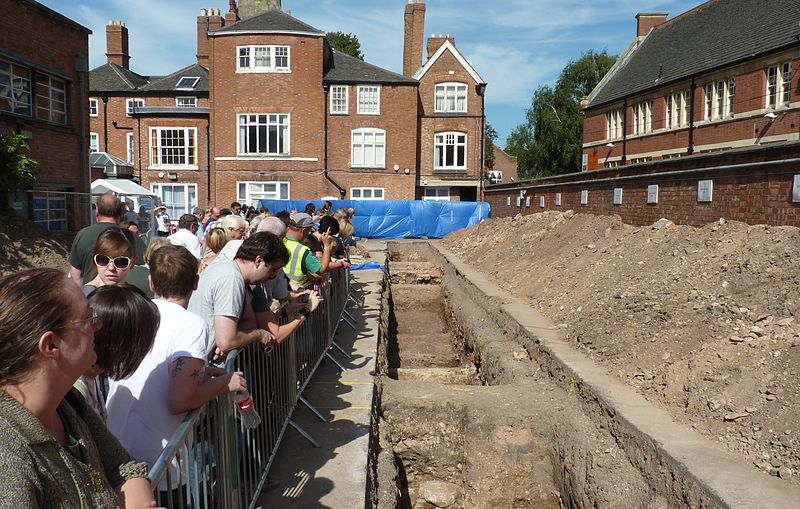A Writer with a Day Job
/I’m going on a bit of a tangent this week and breaking away from my usual theme of forensics and writing to touch on another aspect of my life—my day job. Like many writers out there, writing may be my passion, but I have a responsibility to help my husband support our family financially, so I work full time. I worked in the field of HIV research for 20 years, but last winter my lab downsized, and I started looking for a new position. Last July, I joined a dynamic research group specializing in infectious diseases. We study a range of diseases, including pneumococcal infections and influenza, but our big project is a very large, international study of dengue fever.
In the map above, the areas in blue indicate the current risk for dengue virus infection, and the pins in red indicate areas where the disease is spreading or has been carried by travellers. Currently 40% of the world’s population lives in areas where the virus is endemic, leading to an estimated 50 million cases of dengue fever annually. Of those cases, 500,000 patients require hospitalization and 20,000 – 25,000 patients die of the disease. The virus spreads to humans by two types of mosquitos and the incidence of the disease matches the geography inhabited by these insects. Because of global warming and the northern spread of the Aedes Albopictus mosquito into the southeastern United States, the CDC has classified the dengue virus as a Biodefense Category A pathogen; a category that encompasses the most dangerous of the infectious diseases due to their easy transmission, high mortality rate and lack of effective treatment.
The large majority of patients infected with dengue virus show no symptoms at all or only present with a mild illness including fever, aches, a mild skin rash and joint pain—leading to the colloquial name for this disease: bone break fever. But approximately 5% progress to severe illness, and a subset of those exhibit life-threatening disease (dengue hemorrhagic fever and dengue shock syndrome), including symptoms such as platelet loss, abdominal bleeding, fluid accumulation in the chest, low blood pressure and organ dysfunction. There are four main serotypes of dengue virus, but previous infection with one serotype doesn’t protect you from the other three. In fact, a subsequent infection with a different serotype significantly increases the chances of life-threatening disease. Once infected, there is no effective anti-viral treatment, and all hospital staff can do is keep the patient hydrated.
An electron micrograph showing a cluster of dengue virus particles
The mystery with dengue infection is why there is so much variability in the range of symptoms. Over 80% of those infected have either no symptoms (many don’t even know they’ve ever been infected) or only very mild symptoms. So what causes some people to progress to severe or fatal disease? Our team hypothesizes that there are common genetic variations in certain genes that affect the immune system and how it responds to the infection, and it is these variations that predispose some individuals to dengue hemorrhagic fever. To this end, we are studying over 9,000 participants from 10 international sites including Mexico, Nicaragua, Vietnam, Columbia and Sri Lanka over a 5 year period. We’ll look at the patients’ DNA, RNA and serum to identify variations in their genes and antibodies. Ideally, we’ll find a specific gene or genes that affect the way the body reacts to dengue infection.
The long-term goal in dengue research has always been to produce a vaccine or treatment that will assist those most at risk for serious infection. Hopefully, armed with this information, we’ll be able to drastically reduce the number of 25,000 dead annually.
Photo credit: DengueMap and Wikimedia Commons












 12.1%
12.1%